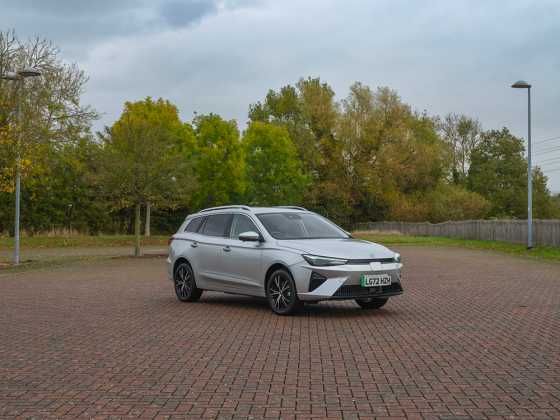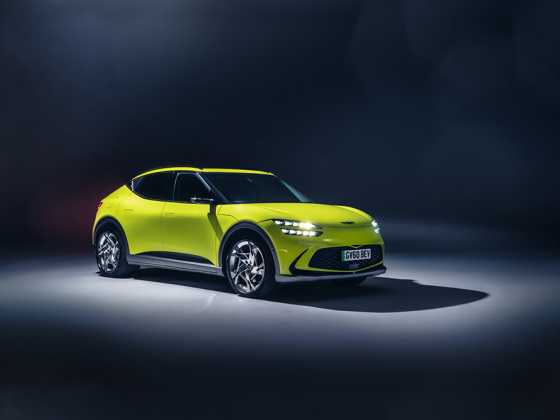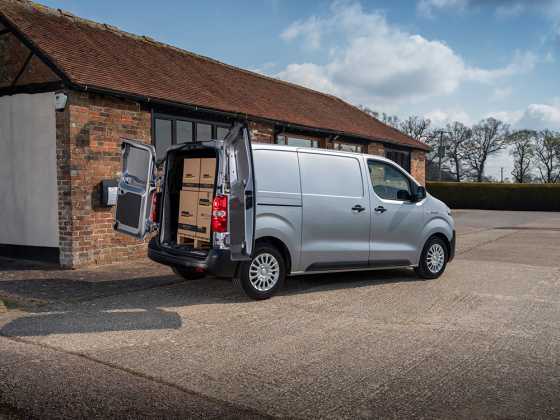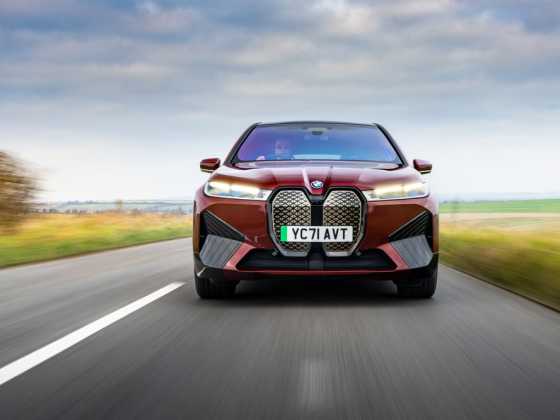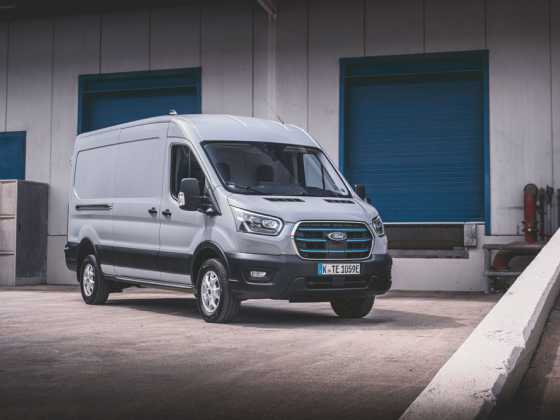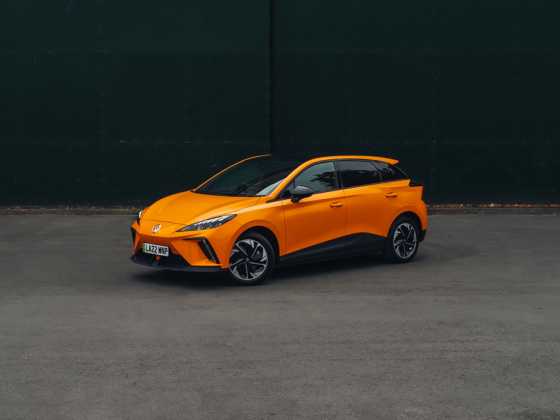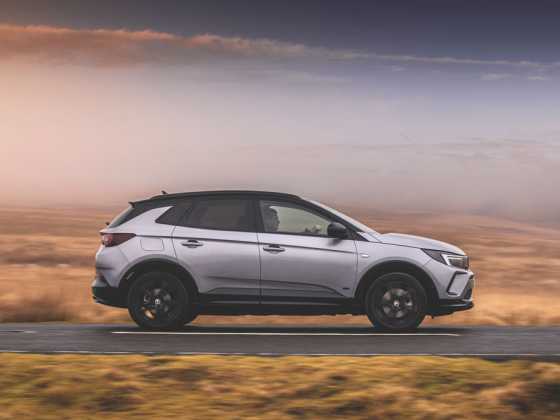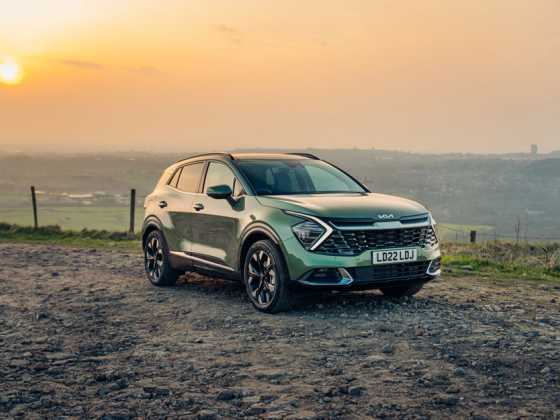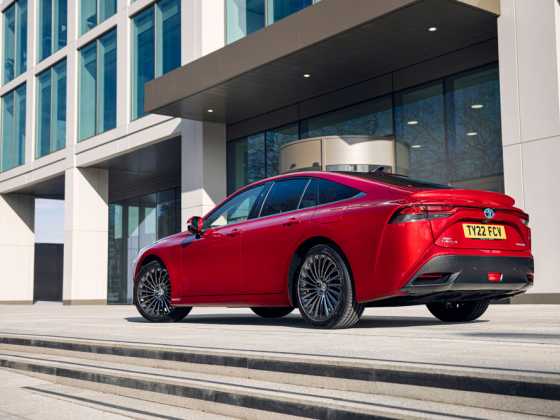Road test: Ford Transit Custom

More efficient engines, revised looks and an improved car-like cabin will maintain the popularity of the Ford Transit Custom, reports Richard Gooding
What is it?
The Ford Transit is the most popular light commercial vehicle in the UK. First launched in 1965, its five generations have been serving UK industry for over 60 years. The Transit Custom arrived in 2012, and was revised earlier this year. As well as new EcoBlue engines, a new ECOnetic version offers enhanced efficiency, while for 2019, there’s also a plug-in hybrid (PHEV) version with zero-emission running (see panel).
How practical is it?
Over 45 versions of the Transit Custom are available, in three bodystyles – van (with a choice of two roof heights), double cab-in-van and passenger-carrying kombi – and two wheelbases. With the standard roof (H1) and 2,933mm (L1) wheelbase, the Transit Custom can carry up to 6.0m3 of cargo, increasing to 6.8m3 with the longer 3,300mm (L2) wheelbase option. H1 L1 models boast 1,406mm of load height and up to 1,775mm of loadspace width, while maximum loadspace length to the bulkhead is 2,554mm, increasing to 3,037mm when the front underseat storage is included.
Practicality is aided by a Europallet-accommodating 1,030mm side door opening width, while the rear door opening is 1,404mm wide. Our L1 H1 test model featured a maximum gross payload (excluding driver and passenger) of 999-1,085kg, and for further cargo-carrying ease, the rear doors open to 180 degrees.
How clean is it?
All revised Transit Customs are fitted with 2.0-litre EcoBlue TDCi engines in a range of 103, 127, and 167bhp outputs. Our 127bhp 300S Limited test van featured CO2 emissions of 166g/km. Starting from 148g/km, all Ford EcoBlue engines are Euro6 compliant. There’s also an AdBlue-powered Selective Catalyst Reduction (SCR) system, as well as a particulate filter. Claimed fuel consumption on the combined cycle is 40.9mpg, and at 40.3mpg over 253 miles, we achieved very close to the official figure.
How does it drive?
Revised front and rear lights signal the most obvious exterior changes to the Transit Custom, while aerodynamic improvements aid efficiency. Inside, the addition of some glossy plastics and Ford’s impressive eight-inch colour SYNC3 infotainment system with USB connectivity (on Limited models and above) give pleasing car-derived refinements. The new Ford LCV is very refined on the move, too, and feels more car-like than ever before. The six-speed manual gearbox requires little effort, while the steering is equally light, and with a 10.9m turning circle, is ideal for urban areas.
What does it cost?
Four trim levels make up the Ford Transit Custom range. The £22,350.83 (excluding VAT) Base model kicks things off, with the Trend starting at £24,450.83. Limited models start at £26,805.83, with the range-topping Sport variants priced from £31,055.83. Base models offer electric windows, as well as roll stability and side wind mitigation systems, while Trend variants add auto lights and wipers, body-coloured bumpers, cruise control and parking sensors. Limited trim gets air conditioning, alloy wheels, and heated seats, while Sport Transit Customs add a styling kit, partial leather trim, a rear view camera, and a lane-keeping alert system.
Why does my fleet need one?
With fresher looks, and a more car-like and comfortable cabin, there are now even more reasons to choose the Transit Custom. A sensible and well-judged series of upgrades focused on efficiency will ensure the Ford LCV continues its success, and as more Ultra Low Emission Zones are implemented, the addition of a plug-in hybrid version is ideally timed, too.

